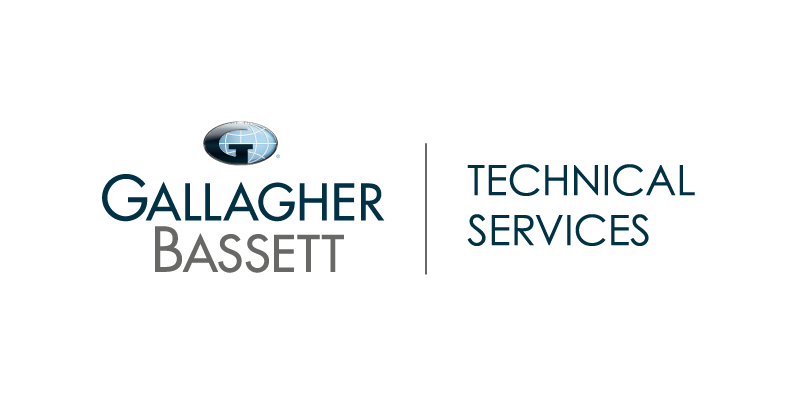At this year’s, Building & Design Conference in NYC, Grassi & Co. 2017 Construction Industry Market Outlook Survey initial results were unveiled to an audience of contractors, architects, and engineers. The survey noted that the overall health of our industry is still enjoying the boom of recent years while predicting a cautiously optimistic future. A future that is mostly dependent on the Industry’s ability to adapt to strong calls for safety reform, changes in building methods, and the looming labor shortage crisis.
2017 Construction Industry Market Outlook: The Good
First the good news. According to those surveyed, 49% said that they saw higher gross margins and an overall increase in revenue compared to 2015. It’s a stat that reflects various publications affirmation of a continued boom-time in Construction. It’s an outlook that will extend to the Industry’s immediate future as 58% of respondents predict increased revenues this year (over 2016’s figures), with 53% of companies anticipating an increase in gross profits.
Cautious Optimism and Challenges
While 57% of those surveyed believe that 2018’s projected revenues will be higher than those projected for 2017, many believe that profits may be greatly reduced by some of the current and emerging challenges within the Industry. Among the chief concerns raised by the companies surveyed are the ever-changing safety regulations and the increasing divide between retiring workers and lack of new blood to fill the ranks.
Total Safety Consulting (Gallagher Bassett’s parent company) owner, Jim Bifulco; participated in the Building & Design Conference as an esteemed panelist and shared his thoughts on how to best tackle the challenges many companies are now facing. The rise of regulatory pressure and public optics are two major hurdles that companies face. Jim addressed his fellow panelists and the crowd with what is the mantra of any successful company – “Having a safety program is not enough. Companies must be proactive in their implementation of any safety program from the top down,” he said. As our Industry faces increasing regulatory pressure and increased enforcement, failing to cover risks could push companies out altogether.
Nearly two-thirds of the survey participants (63%) reported measures to provide training or formal education to their workers, often meeting the requirements of today’s Industry. However, one key to future success may be the creation of robust compliance programs that proactively analyze their exposure to risks and keeps tabs on future regulation. For larger companies, this could necessitate the hiring of a compliance officer. This could help companies ensure their employees receive the proper training and information while ensuring that everyone stays in compliance in today’s regulatory landscape. The safety officer will also stand to be the gatekeeper to keep companies proactive and even advocate on their behalf as the landscape changes.
It’s not news that there’s a labor shortage in our Industry. It’s a challenge that will not go away by ignoring it; instead, this crisis presents an opportunity to innovate the way we attract new talent. One of the tools suggested by the Construction Industry Market Outlook Survey is to demonstrate that labor is the most valuable resource in a robust and Industry-leading safety program. By showing that the welfare of your workers is your top priority, the Industry may be able to take a step in attracting future workers and leaders.
Related Course: 10-Hour OSHA Construction Safety & Health Program
The labor issue also requires a rebranding of our Industry. While millennials are the largest group in our current labor force, many are pursuing white-collar careers assuming this as the only means to financial success. Our Industry needs to actively promote the instant entrepreneurialism and middle market salary that is available to tradespeople and skilled-labor – often without the need to incur crippling debt.
Our Industry has enjoyed several years of good fortune and prosperity but we cannot rest on laurels expecting the status quo to keep us moving forward. As the fear of shrinking margins and the lack of an available skilled workforce looms over us, we can proactively shape our prospects by minimizing risk, making better training available to all workers, and to change the perception of the opportunities that exist in our Industry. One thing that the Grassi & Co. survey has made clear, the old ways of construction cannot sustain themselves; that’s why we’re dedicated to building the future of our Industry.

